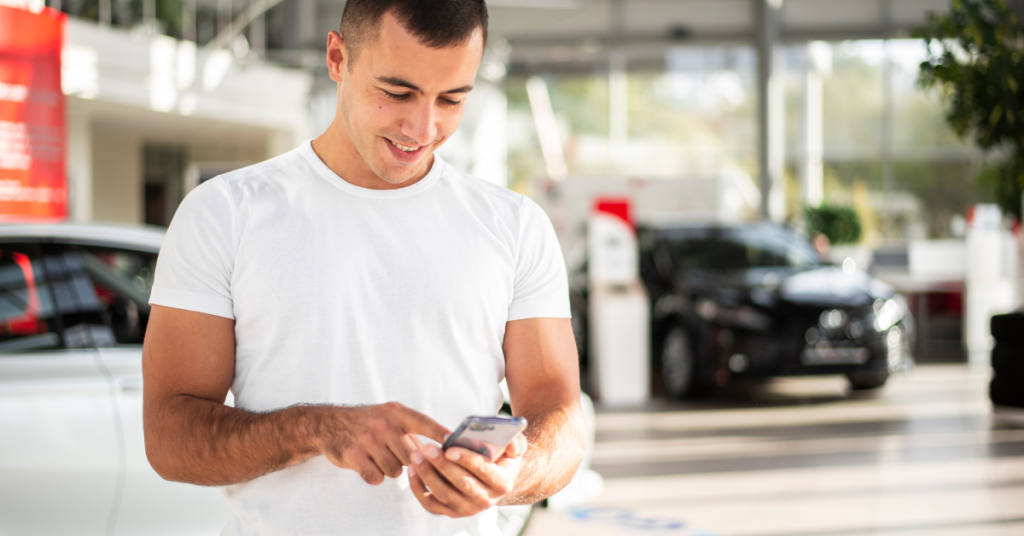
How digital is enabling auto brands to transform business at location-level
Tarun Sobhani, Founder & CEO, SingleInterface
Publishing Media Entity - BW Auto World
May 20, 2023
Technology has transformed practically every aspect of our lives, whether that be the way we shop, access information, or purchase vehicles. In fact, the pandemic has further accelerated the need to adopt technology at the core of business operations across several industries. The automobile industry, in particular, has undergone a significant transformation in recent years. Automobile, which normally is a high-involvement purchase and requires quite detailed decision-making, is now relying strongly on digital technologies like several other segments, to strengthen its connection with consumers.
The traditional buying pattern has evolved, and a report by Google shows that 92 per cent of consumers now research online before buying a car. This trend has prompted car dealerships and brands to establish a robust digital presence to connect with customers and offer a seamless experience across all touchpoints. The fast-paced lifestyles of contemporary consumers have made cars an indispensable requirement. Auto manufacturers are increasingly leveraging digital routes to provide easy accessibility, ensuring that consumers can meet this critical need without any hassle.
Latest enhancements in digital technologies have made it easier than ever for customers to research and compare different car models, features, and prices. Consumers can now access information about cars from anywhere, at any time. This has made it easier for them to make informed decisions about their purchases. The rising number of hours Indians spend online for research, averaging over 10 hours (source: Deloitte report), highlights the importance of digital engagement in the consumer journey.
Establishing a strong digital footprint can no longer be an afterthought, and we are seeing automakers invest heavily in providing a state-of-the-art digital experience to consumers. And with granular technological capabilities offering refined segmentation to automakers, it has become all the more lucrative for auto brands to leverage digital infrastructure. To cite an example, with the growing demand for electric vehicles, auto brands, in their digital business profiles, can now effectively categorise those showrooms which are promoting Electric Vehicles (EVs), enabling consumers to find more classified and relevant information. Automakers today, are investing in a variety of digital platforms including search, social media, and more, to provide a satisfying experience to consumers and stay ahead of the competition.
Expensive purchases such as cars require personalised attention and a positive in-store experience. Brands are leveraging technology to offer digital engagement avenues such as reviews and automated chat capabilities powered by Artificial Intelligence, to instill confidence amongst customers and attract them to the showroom. Buying cars is an activity that is highly detail-oriented. So when consumers are in-store, it is imperative for representatives to answer various queries accurately and help consumers feel involved, as every step is about the value that auto brands are aiming to deliver. The more consumers feel engaged and convinced about the experience, to go with the technical capabilities of the car models, the greater the likelihood of them going for test drives and eventual conversions.
To strengthen their hold in local markets, in alignment with the tastes of local consumers, auto showrooms are building eCommerce-enabled location pages highlighting local offers and campaigns. For instance, the outlets of a brand operating in one of the hotter geographies of the country, can run campaigns focused on preventing the auto-heating of car seats, while outlets in rain-prone areas can run specific campaigns promoting windshield wipers to improve visibility during rains. And not just localised offers. These pages can showcase available inventory and various kinds of information, enabling brands to interact with the local audience and display a better understanding of their preferences and purchase habits. Thus such pages also strengthen the outlet’s identity and serve as an extension of the automobile brand. With the passage of time, automobile brands are becoming more aware of the role that showrooms and outlets are playing in solidifying the relationship between brands and consumers. Consequently, there’s a growing focus on showrooms being powered by technological capabilities, in an expanding digital ecosystem.
The digital approach is not limited to pre-purchase activities. Once a customer makes a purchase, brands can leverage digital capabilities to send customised communications and get feedback through emails, chat messages, and surveys, and keep them updated about products and services. Such approaches, improving the post-purchase experiences can augment the chances of repeat business.
With emerging digital technologies, brands are aiming to make the consumer’s experience holistic and fulfilling. Today, it is not just about purchasing a product to meet a need but also about the entire experience that consumers find in their purchase journey. Keeping in mind that today’s consumers have multiple options, auto brands want to deliver the best experience and services and maintain their competitive edge.
In conclusion, as the automobile industry continues to evolve, it’s essential for brands to keep up with changing trends and technological developments, to provide a seamless customer experience. A segment like automobile, involves exorbitant purchases, nuanced decision-making, and critical physical touchpoints. However, today, with changing consumer behaviour, it all starts with a digital touchpoint.
From online research to in-person test drives, every touchpoint should be optimised to enhance the overall buying journey. By leveraging digital capabilities such as maximised discoverability, personalised communication, automated chat capabilities, and eCommerce-enabled location pages for their showrooms, auto brands can offer greater credibility to potential customers. The goal is to create a pleasant experience that blends digital and physical interactions to ensure customer satisfaction and loyalty and encourage repeat business. In short, by prioritising & optimising digital touchpoints, automobile brands can elevate their relationships with consumers and make long-lasting impacts, for value-driven business outcomes.